The Benefits of Cooking With Commercial Induction Hobs
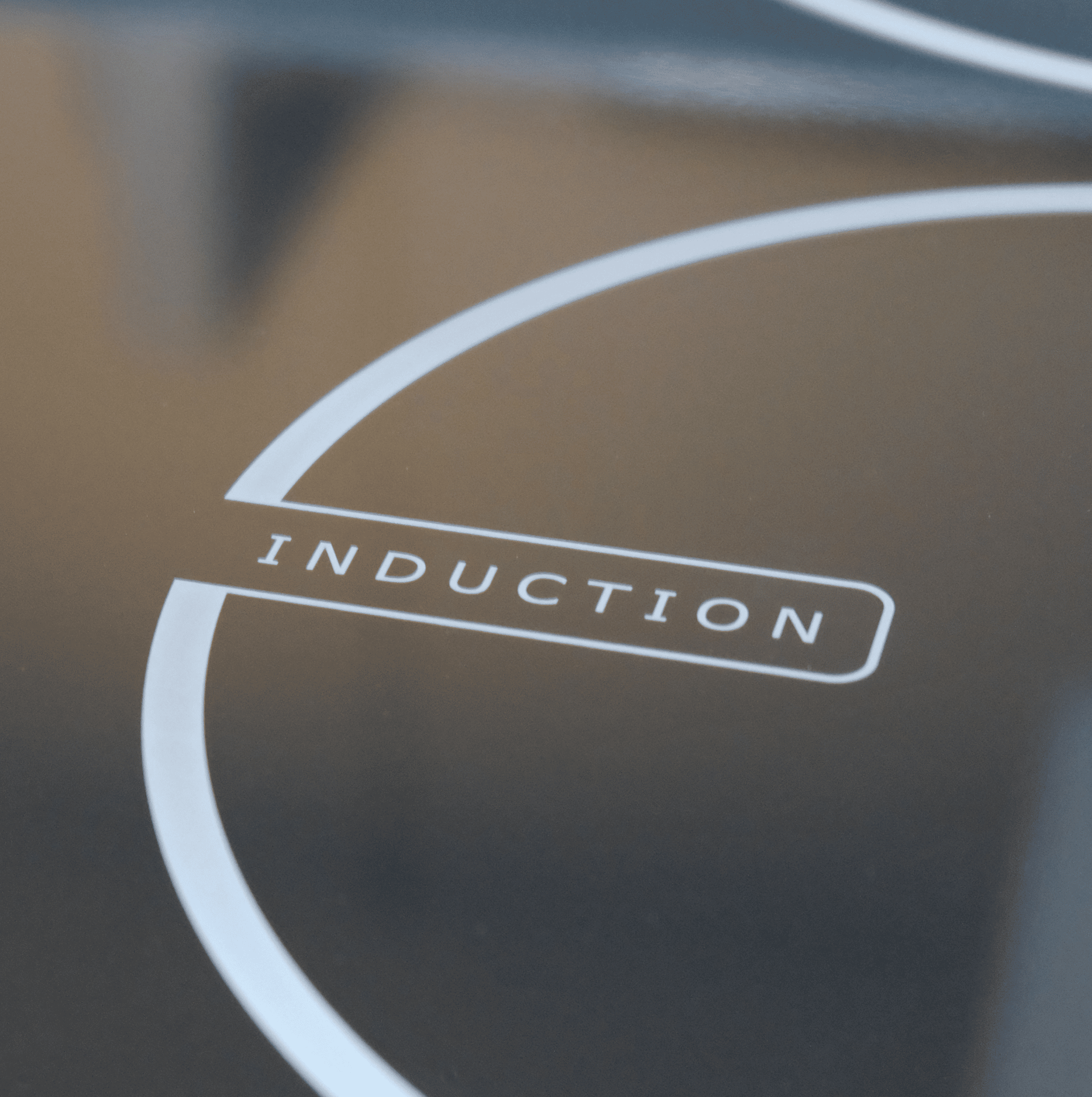
Contents
Businesses are constantly looking at ways to increase productivity whilst reducing overheads. Now more than ever, they’re also reviewing their impact on the environment and finding solutions that will not only benefit the planet but their business outcomes too.
One easy way to achieve this is by switching your commercial kitchen to induction cooking. Although some chefs prefer to cook with the equipment they’re familiar with, and some kitchens may not have the budget to upgrade, investing in commercial induction cooking equipment also means investing in your staff’s safety, kitchen profitability and business sustainability efforts.
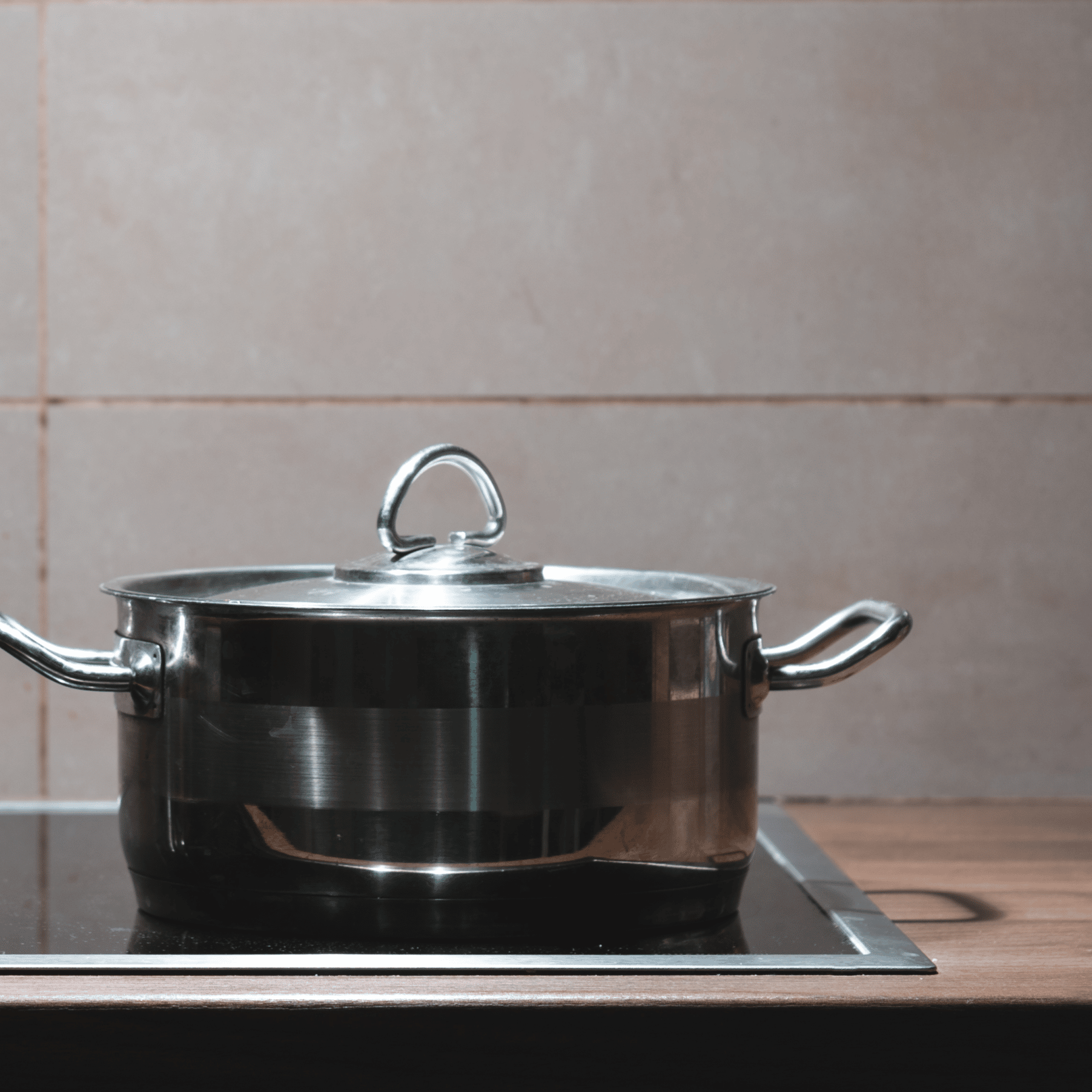
What Is A Commercial Induction Hob?
With its glass surface, induction cooking looks a lot like an electric hob, but underneath, it’s far more technologically and sustainably advanced. The big difference is that rather than using traditional gas or electrical elements to transfer heat, commercial induction hobs use electrical currents that transfer directly to the pan through magnetic induction. Meaning it only heats the pan and its content, limiting any wasted energy.
The Benefits Of Commercial Induction Hobs
With so many different models of commercial induction hobs available, there really is something to suit any sized kitchen and all types of cooking. To help you decide if the switch is for you, we’ve pulled together the 5 main benefits of changing to a commercial induction hob.
They cook faster than Gas or Electric
On average, it only takes a commercial induction hob 3 minutes to boil 1 litre of water in a pan. Instantly saving your team time and providing more reassurance that your equipment can keep up with demand. Commercial induction hobs respond quickly to changes in temperature too, meaning your chef has more control over what they’re cooking and reducing the risk of any waste. They’re also consistent in how they cook – ideal for busy kitchens and boosting staff morale.
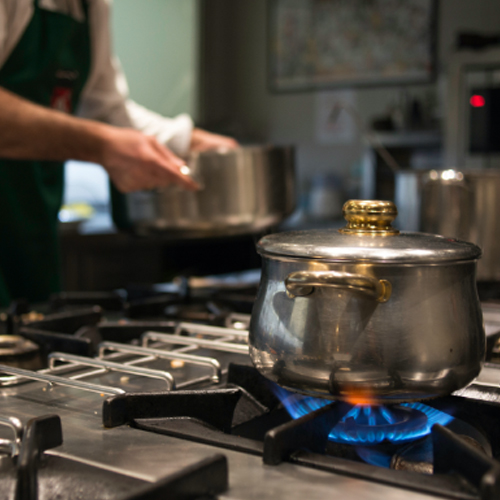
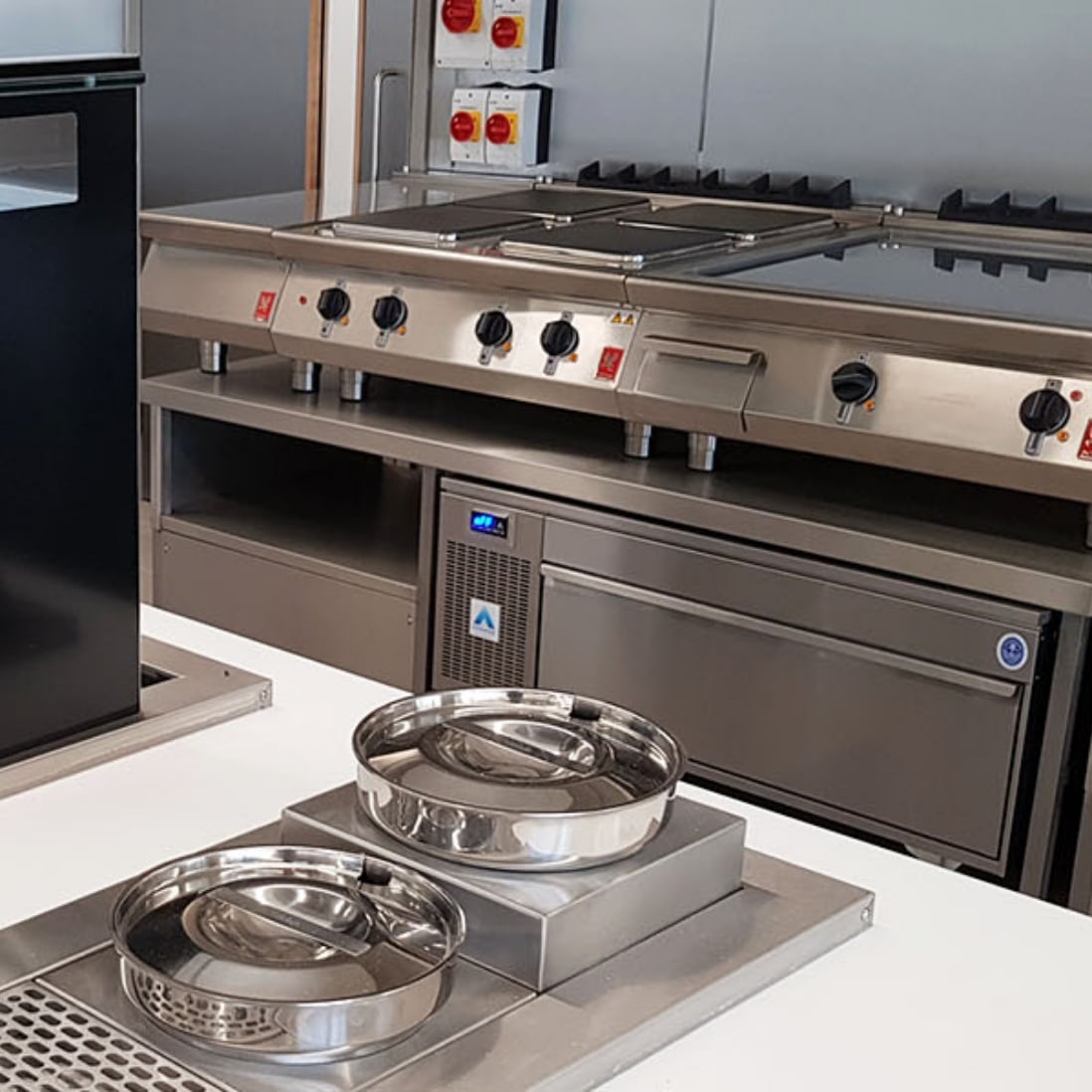
Concentrated heat equals energy savings
Induction technology ensures that 90% of its energy goes straight into heating the pan and what’s inside, meaning only 10% is wasted compared to 60% wasted by gas. It also:
- Provides more precise cooking
- Stops excess heat escaping
- Maintains a cooler kitchen
- Is more eco-friendly
- Reduces energy bill costs
Creates a safer working environment
Along with a cooler kitchen, the smart technology of induction cooking implements multiple safety measures for your staff too, including:
- Automatic switch off when pans are removed
- No hot surfaces: glass is a poor heat conductor
- A child lock facility means no unauthorised access
- No naked flames, reducing any fire risks
- Temperature can be controlled easily
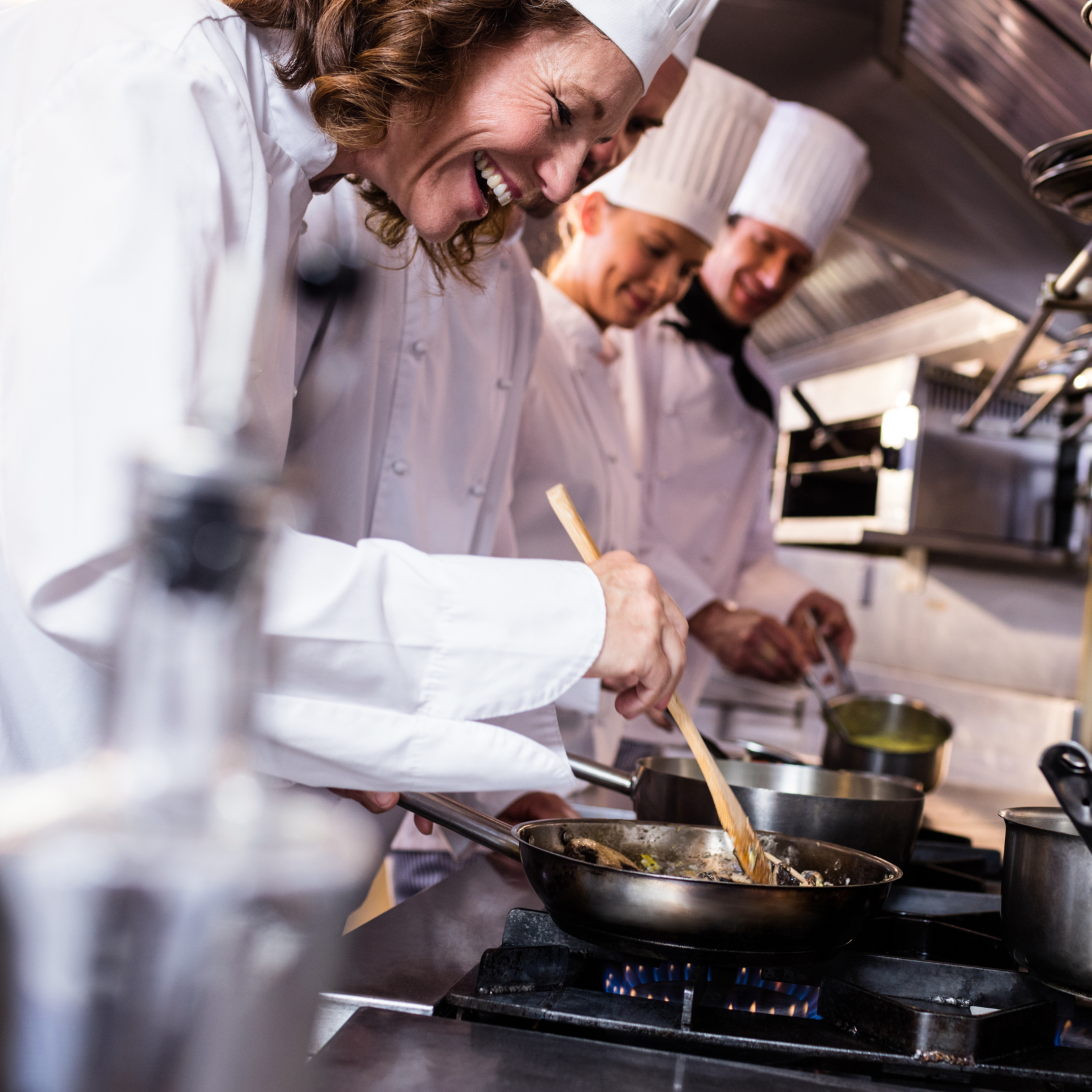

Strong and Durable Cooktops
Most commercial induction hob models have a 4mm or 6mm eco-friendly, glass ceramic worktop. Not only does this provide a sleek and stylish look to your kitchen, it also:
- Has a rapid cool down so spills do not burn
- Is easy to clean with minimal maintenance
- Less cleaning means less wear and tear
- Ultimately extending its lifespan
- Can be used as another surface when not in use
Smart, energy-saving technology
There have been a lot of advances when it comes to commercial kitchen equipment, and the features of a commercial induction hob have been designed to increase kitchen productivity and reduce your energy bills:
- Heat sensors control energy use
- Temperature control helps reduce energy waste
- Automatic switch-off helps reduce energy waste
- Alerts staff when there’s a ‘pan boil dry’ situation
- Helps to reduce your impact on the environment
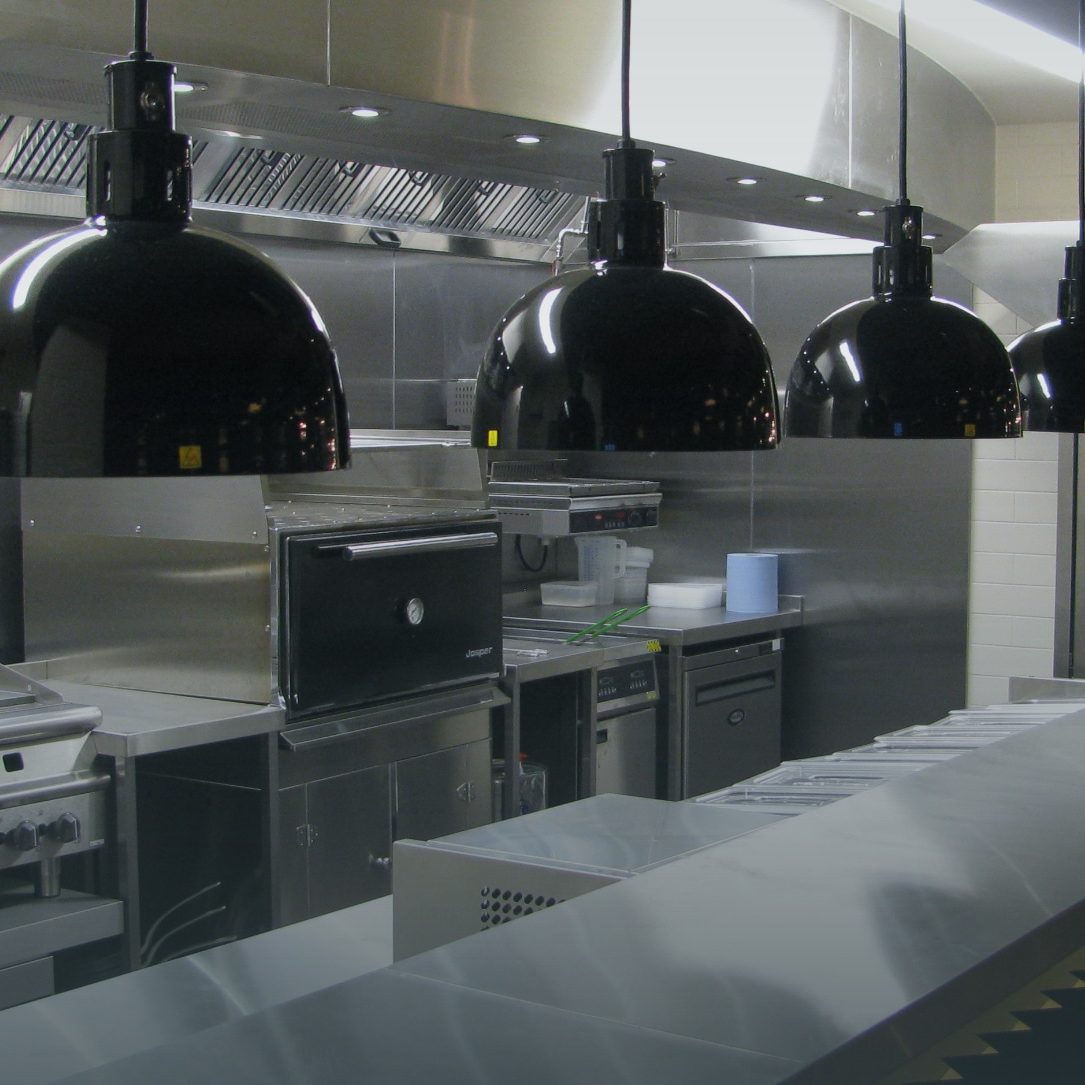
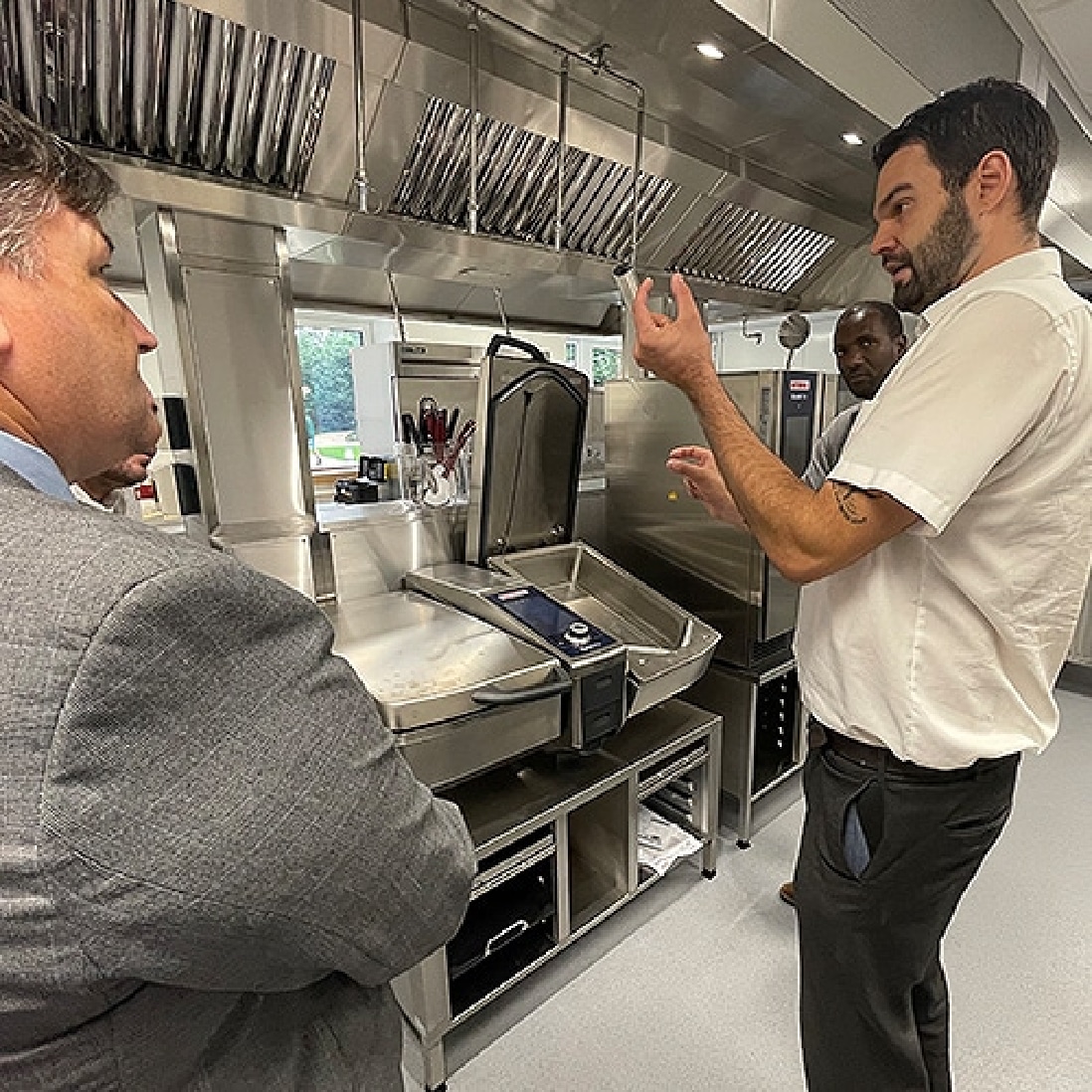
Energy-efficient cooking
If you’re looking for a more profitable commercial kitchen whilst increasing your sustainability efforts, then a commercial induction hob could be the way forward, providing you with convenient and consistent cooking as well as increased staff safety. To find out more, get in touch with one of our team.

Share This: